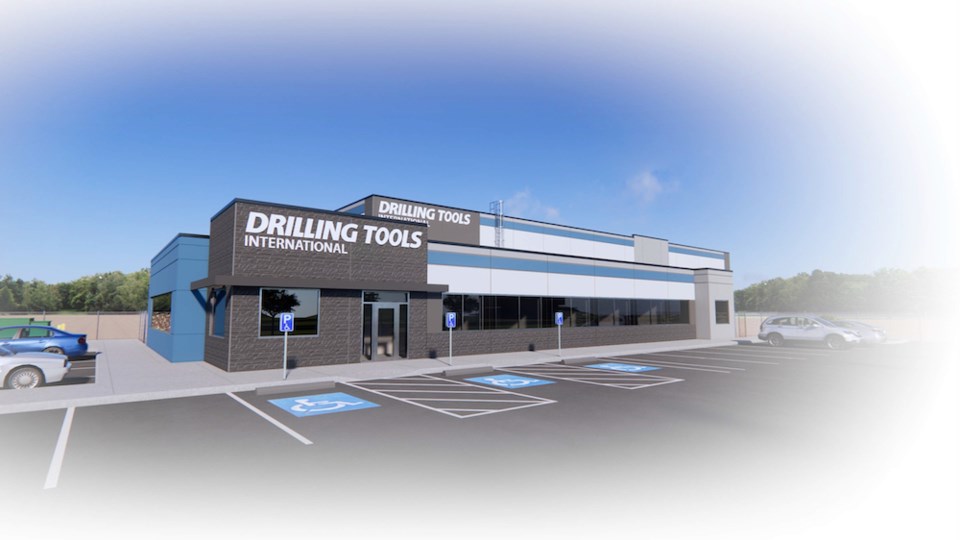Edmonton industrial markets are heading south – literally.
While overall industrial vacancies across the Edmonton market hung in the five percent range at the end of 2023, a slight increase over the previous quarter, the south side of the city as well as Leduc and Nisku experienced strong absorption that offset losses elsewhere.
A total of 381,000 square feet were absorbed in Leduc during the final quarter of 2023, according to Avison Young, despite higher lease rates than other parts of the city. An abundance of new, high-efficiency space many tenants find worth paying for has driven the activity.
“There is abundant land available, so we’ve seen a bunch of new construction as occupiers have moved to new buildings that can really facilitate what they do in a more efficient manner,” said David St. Cyr, a principal with Avison Young in Edmonton. “They’re not actually changing their footprint so much as a footprint that really maximizes their business operations.”
With the cost of serviced land starting at $450,000 an acre, or a third less than next door in South Edmonton, industrial sites in Nisku are attractive from an economic standpoint as well. While lease rates reflect the higher cost of new construction, land costs make for better proformas.
The lower land costs also make for more affordable housing, which in turn attracts workers. Despite slower housing growth in recent years, there were 347 housing starts in Leduc in 2023, including 96 rental units, and 92 starts in Nisku and surrounding Leduc County.
Recreational facilities have created amenities for residents and visitors, including an arena, upgrades to the city’s aquatic centre and plans for turf centre. There are also amenities at the airport, such as an outlet mall and others that add to the appeal of Nisku.
“These are all things that allow people to live, work and recreate in that area,” St. Cyr said. “It makes it really attractive for businesses.”
Census data for 2021 indicates that half the working-age population in Leduc is under the age of 50, with a slightly older demographic present in Nisku. The median per capita income for Leduc was $48,400, while Nisku’s median was $44,000.
With lower housing costs and a median income on par with the city, Leduc residents have slightly greater disposable income.
The positive financial datapoints underscores the good jobs available locally as much as it does the appeal of the city to those making good incomes. With available industrial land and low tax rates – Nisku has the lowest non-residential tax rate in Greater Edmonton, the jobs will continue to come.
“The access to the transportation corridors, the lower tax rate, access to a labour force – all of those have really driven people to that area,” St. Cyr said.
Recent arrivals include JL Filtration Inc. and trucking company Omega Morgan Canada Inc. have made the move south, and were followed in March by Drilling Tools International Inc., which moved into a new facility at 6204 39 Street built for them by K&H Developments. Totalling 34,513 square foot on 5.44 acres, the project moved from site acquisition to completion within six months, underscoring the ease of doing business in Leduc.
The opening of the 65th Avenue and QEII interchange will connect east and west Leduc and also facilitate connections to the airport. Better access to the airport will in turn unlock land south of the airport and boost access to South Leduc Business Park, which is already seeing interest from businesses banking on the $112 million project.
“People want to be in that area,” St. Cyr said, noting that the new infrastructure is helping drive fresh investment from the private sector, diversifying the area beyond a service hub for the resource sector. “It’s been really good for that industrial market, because Leduc and Nisku used to be just energy-related.”



